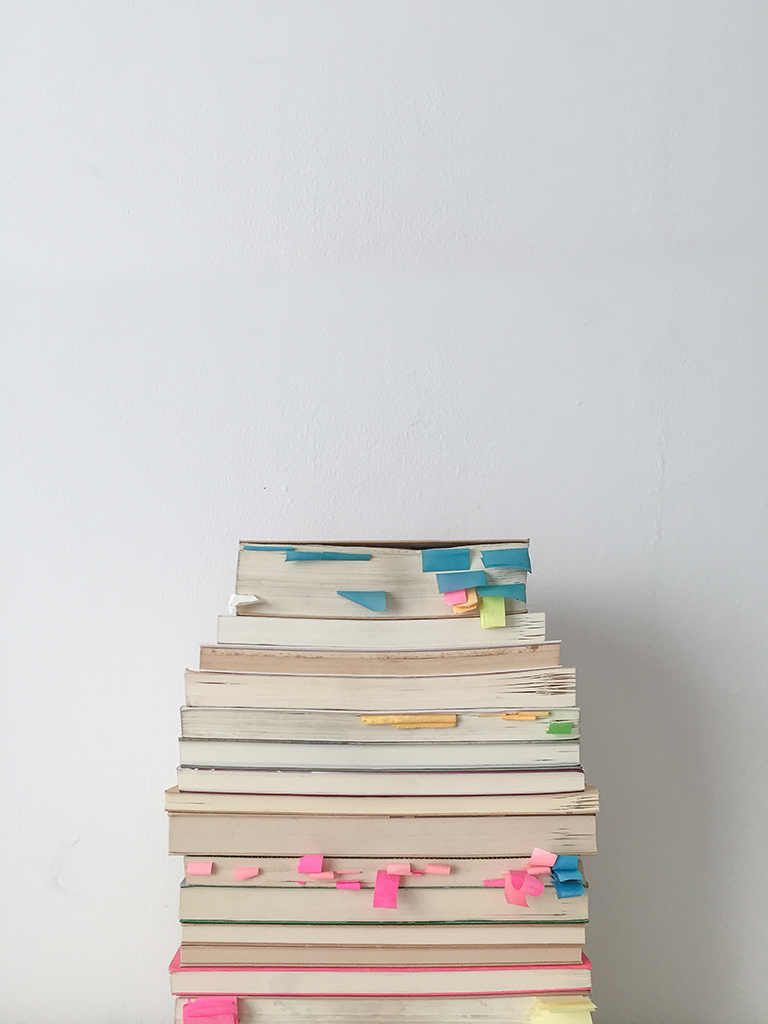The contemplation of nature is the seed for the construction of all our systems of interpretation of the world. Nature dies and is unceasingly reborn, we can observe eternity through cycles. The infinite can only be measured in fragments.
We have developed all our cultures through observation and data collection. Under this same premise, various types of AI were conceived. These synthetic entities work based on data collection and pattern identification.
The image that comes to my mind is a Matryoshka doll: everything we humans have created has been through exhaustive observation of different aspects of nature, now including a technology that exhaustively observes us.
Data is a fragment of the infinite. It is a metaphor for unity. When we give our data to synthetic entities, what we are giving is a small piece of totality.
–This exhaustive surveillance has a number of implications, but I won’t go into that right now–
Returning to the reflection on the exchange, we give the synthetic entities the data from some of our records, and in return, they function as a prosthetic of synthetic memory. An optimized repository of our cycles and patterns. Besides organizing and classifying, they also relate apparently similar archives to each other.
Our memory is not composed of a single kind of record; it is a network of multiple files. Let’s think about ancestral memory for a moment. Can we say it solely comes from our genetic code? We know our DNA carries organic and emotional codes.
–It’s said that all the life stories of our ancestors are stored in our femur, which is why in different cultures, characters wounded in the thigh are depicted, the wound of life in death or the wound of death in life, wounded healers, but I’m going out off track–
Returning to our main idea, ancestral memory is not only constituted by the data of our genetic code, it reverberates with information coming from unsuspected sources.
We could say that each one of us is a mysterious multiplicity. A temporal symbiosis of different databases that collaboratively coexist, expressing themselves simultaneously on infinite registers.
For example, in my research, I came across the project “Resurrecting The Sublime.” These artists synthetically recreated the aroma of several extinct flower species based on the record of their genetic data.
Through this installation, we gain access to a metaphor of experience. Since it’s an incomplete image of the flower, it’s only one of its registers, a layer of language, a fragment of its totality.
Synthetic entities, through data compilation, can only generate incomplete images. Data is a metaphor for experience, but through data, we cannot reproduce the experience in all its dimensions.
Poetic-oracular systems are open, expansive, permeable, tentacular, restless, elusive.
They are amplifier systems, capable of sustaining multiple interpretations. They are exercises of circumambulation. They are sense fractals: it is this and this, and this as well.
But above all, they are systems that contemplate the rupture of logical order. They are systems that include chaos, the darkness, the monstrous, the feminine, the unspeakable. They grant us access to the realm where the night opens. They invite us to re-acknowledge our piece of night, our devastatingly beautiful particle of chaos.
On the other hand, closed systems are reductionist. They limit how we relate to the cosmos. They can only sustain a single mechanism of interpretation. They degrade the capacity of our polysensory senses to a single register.
Mystery is something we can experience and interpret, but we cannot order and classify, therefore we cannot process it into data.
Our task is to remember how to live with the mystery, our ancestors knew how to do it, therefore that wisdom is inscribed in the different records that conform our memory.
Our multiple bodies are the technology that allows us to experience mystery, they are at the same time the path and the language of communication with the cosmos in its totality, in all its registers: perceptible and imperceptible, material and immaterial, known and unknown.
What operates in the mechanism of the offering is a conscious exchange with an other. Rituals allow us to transfer a content from one to another of our registers. Ritualizing the exchange helps us to remember that it is a sacred principle.
We are an intersection of synchronous exchanges, but we are also an expansive bifurcation. We are the crossroads where paths meet and diverge.
In words of Clarice Lispector: “How can I know what I don’t even know? Like this, as if I remembered. With an effort of ‘memory’, as if I had never been born. I was never born, I never lived; but I remember, and the memory is in living flesh.“



